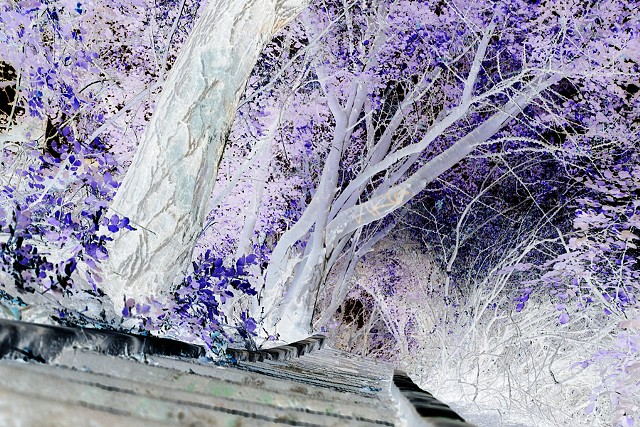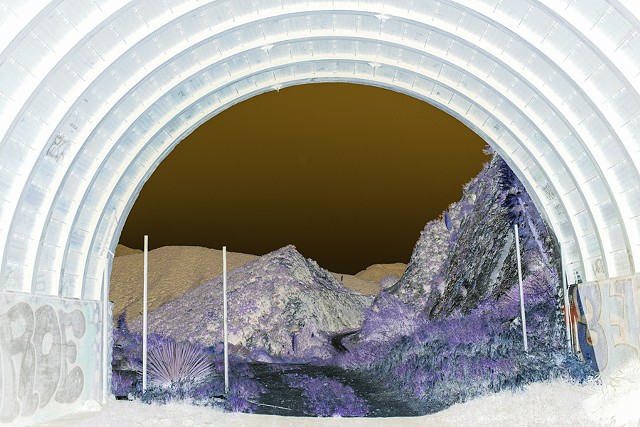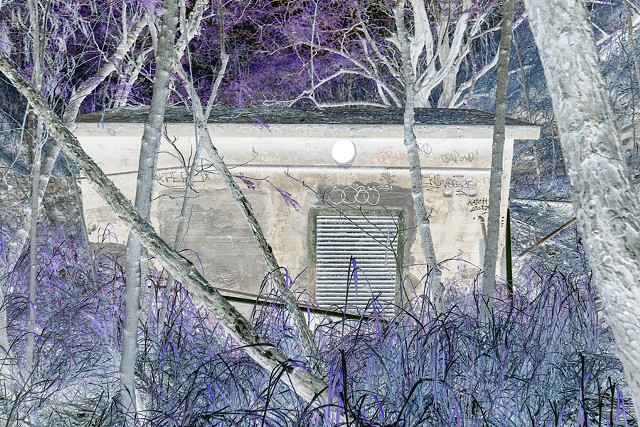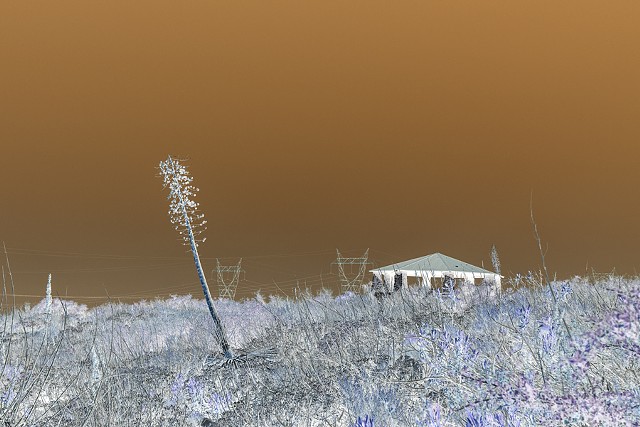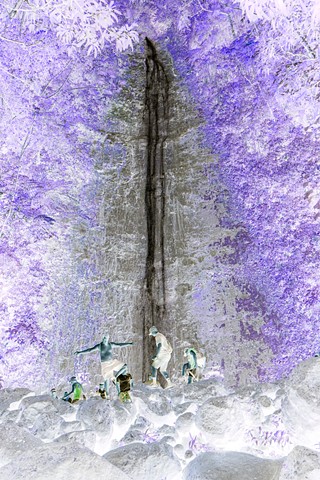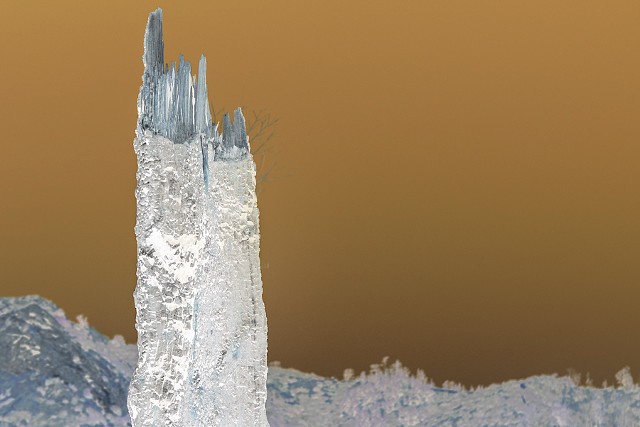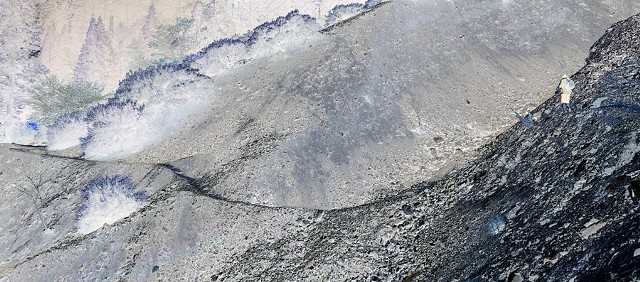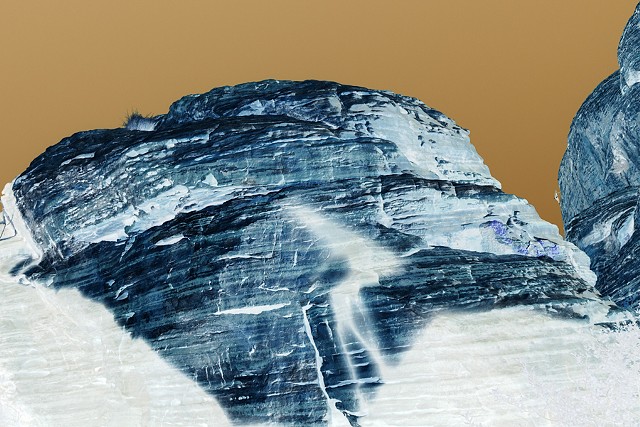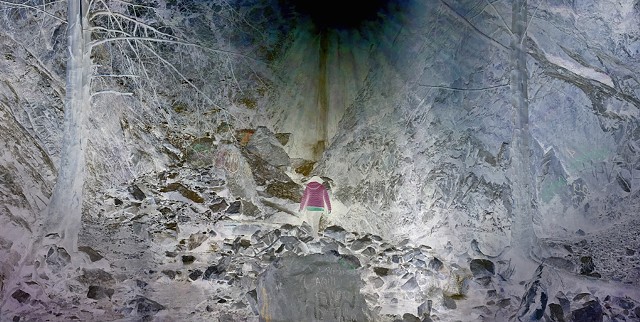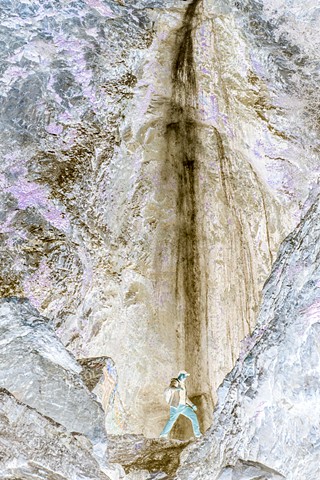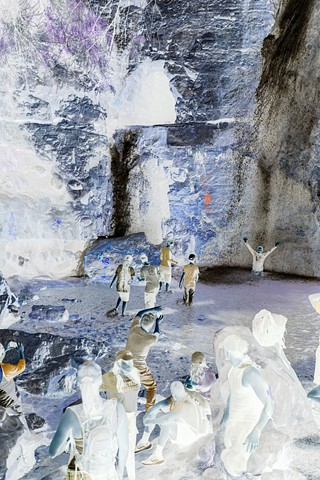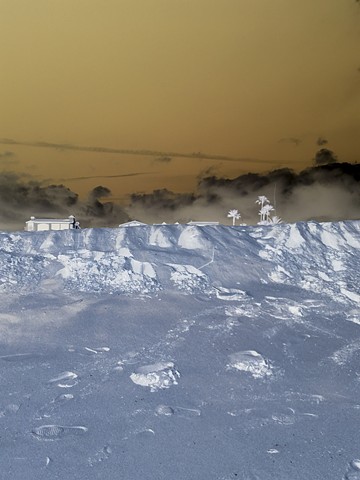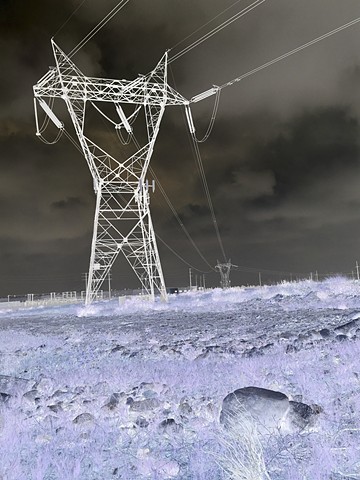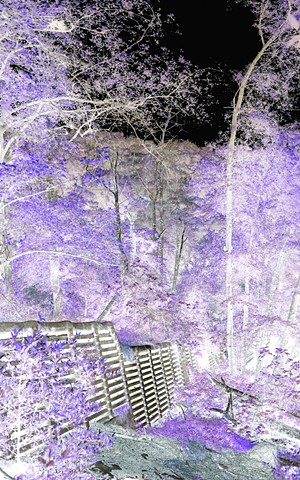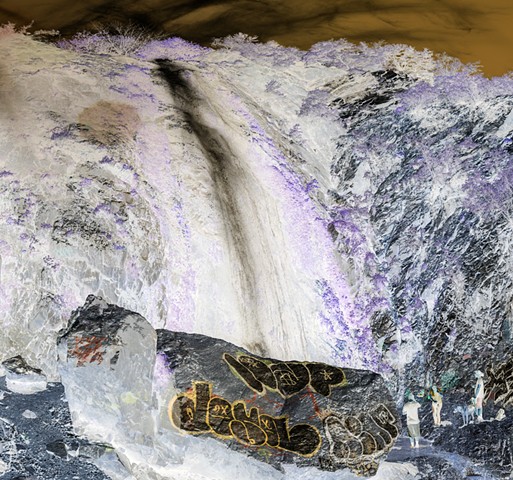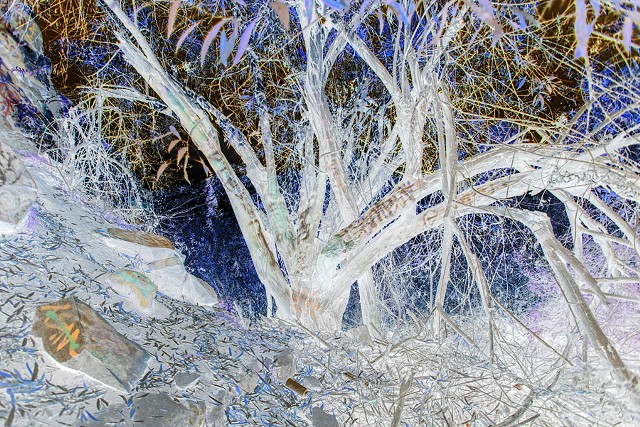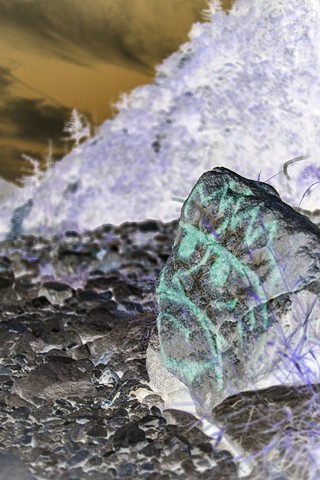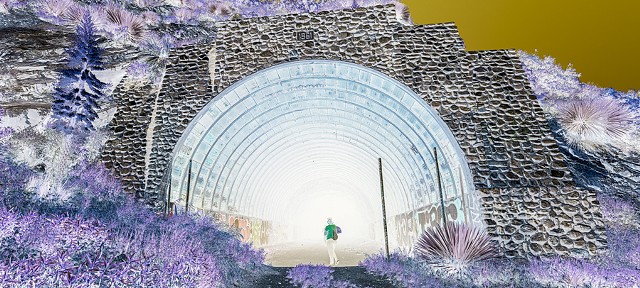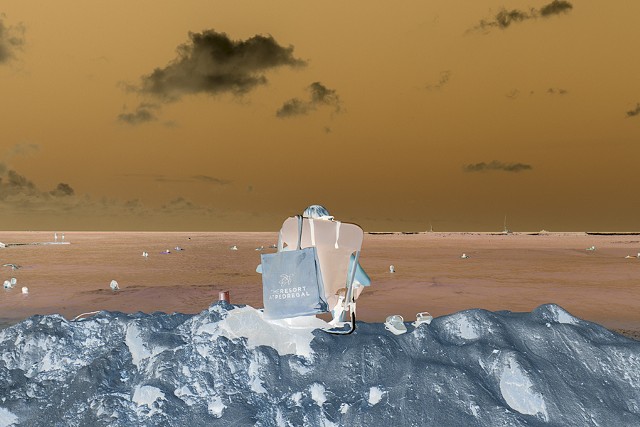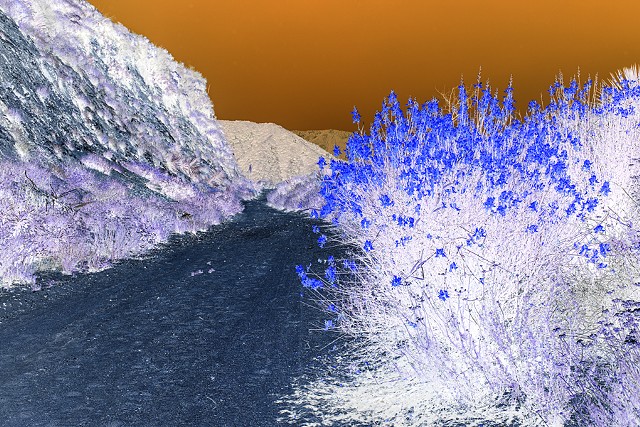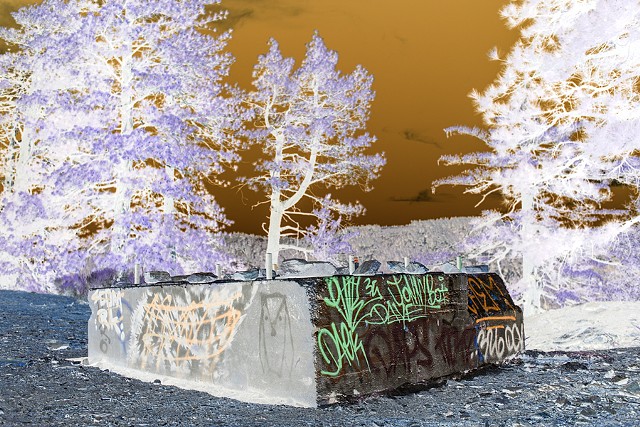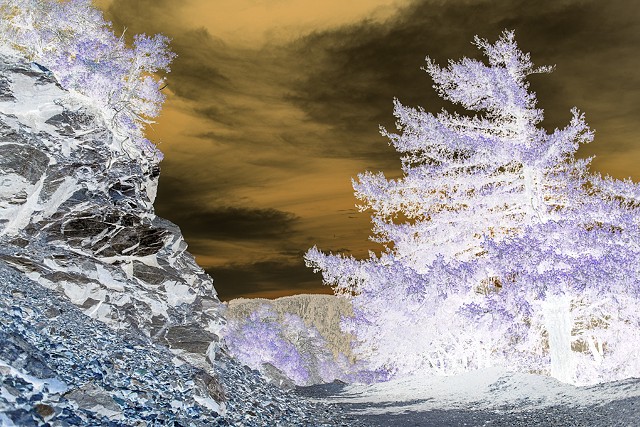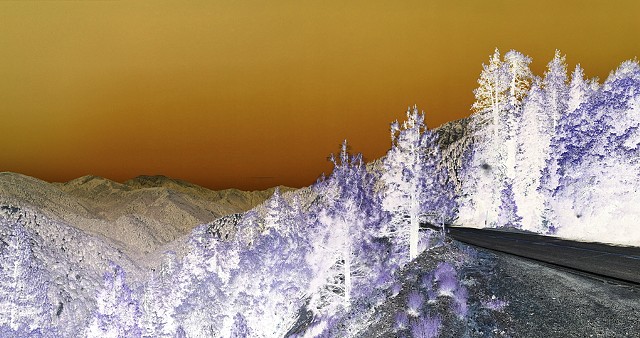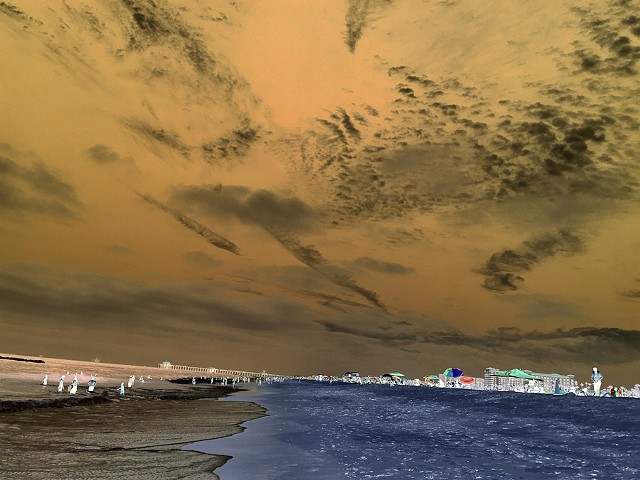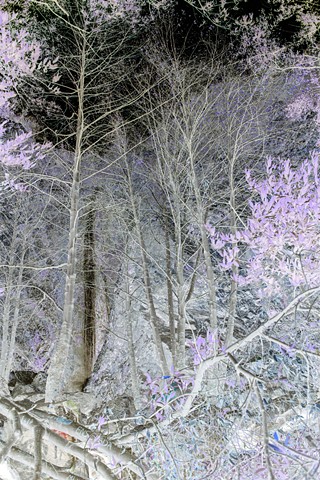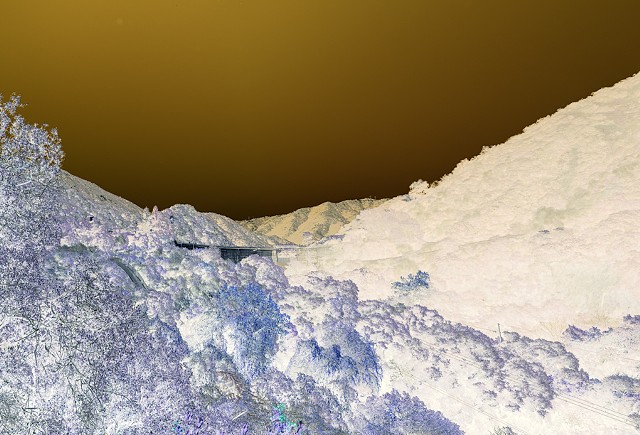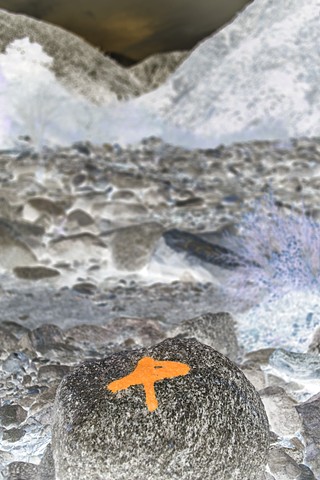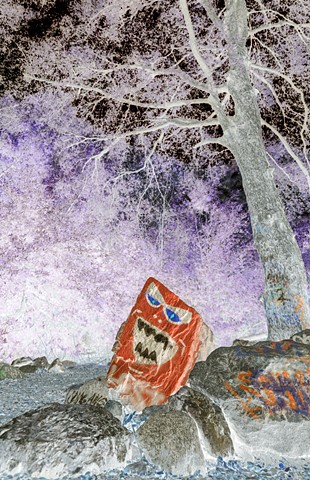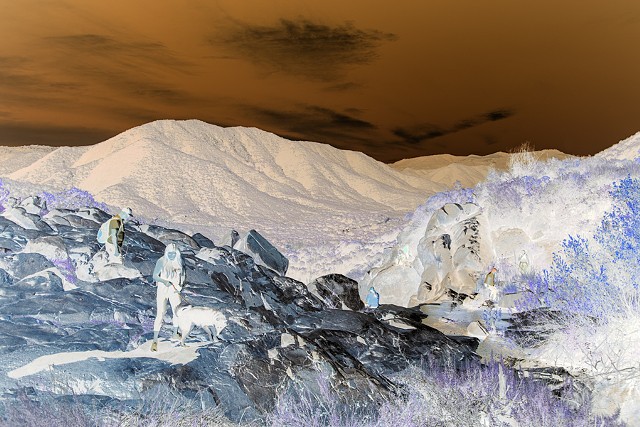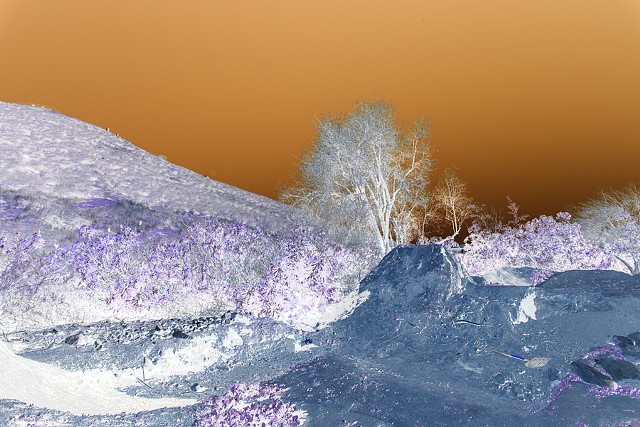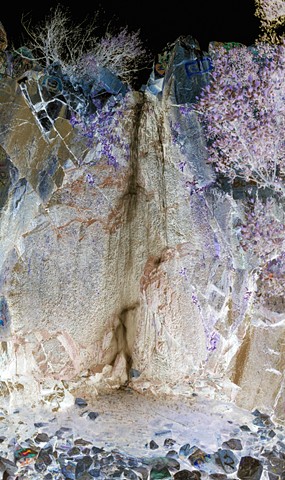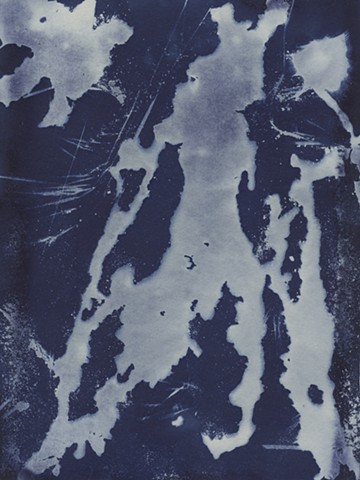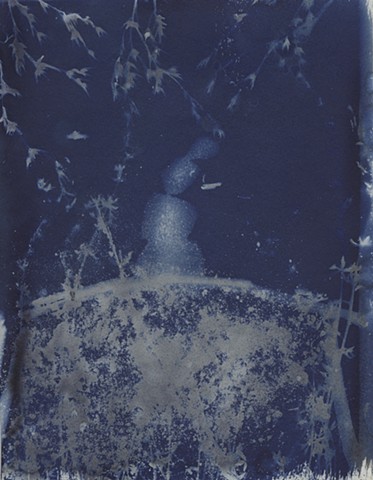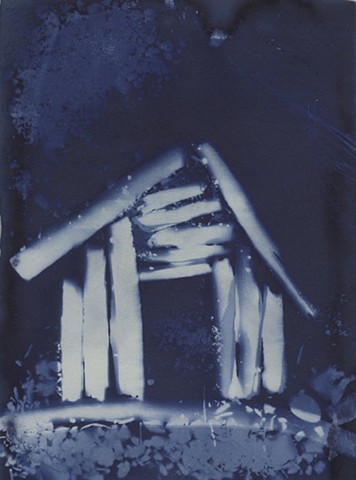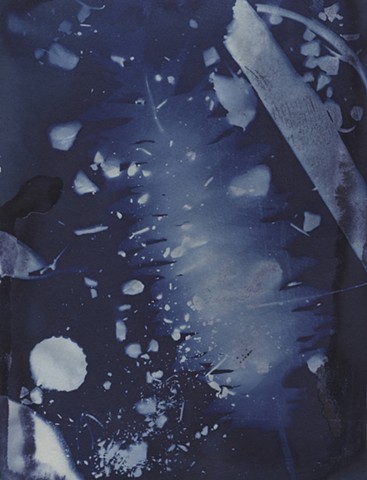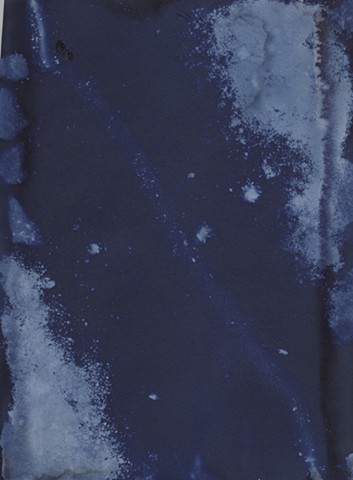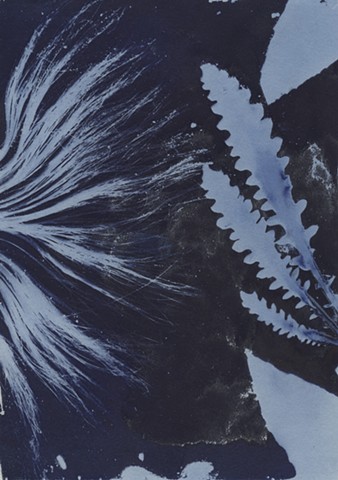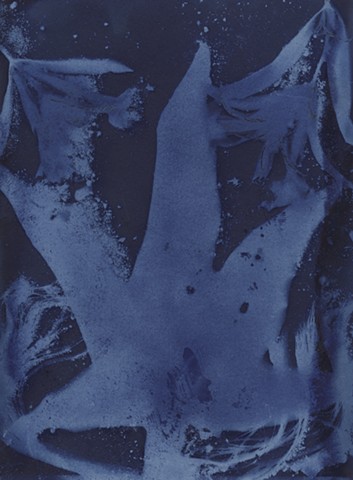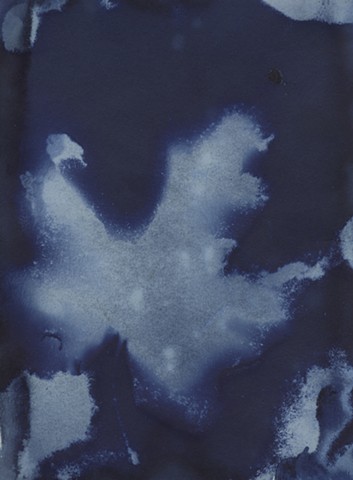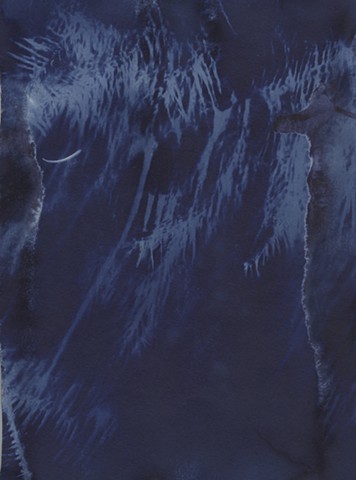Negative in Nature
In 1989 the Exxon Valdez oil tanker struck Bligh Reef off the coast of Alaska and the impact tears a hole in the hull. This collision caused the taker to spill 11 million gallons of crude oil into the ocean. This resulted in months of clean up, and 1300 miles of coastline being affected.
I remember watching this on the tv with my mother, and being heart broken by the number of animals being shown covered in oil. My mother consoled me and said, “One day you will be in a position to save the environment.” This comment fueled an 11-year-old boy to want to be an environmentalist. When I was in high school, a teacher asked what we want to do when we grow up. I said enthusiastically I wanted to save the world as an environmentalist. They said, “I don’t know how you would do that, and I don’t think you’re smart enough to figure it out.” Their response derailed me and caused years of wondering around for a profession.
Environmentalism, conservation and the "pack it in, pack it out" mentality still leaves a mark. The human condition cannot avoid leaving this impression on the landscape. Our mere interaction, as minimal as it may seem, still effects the ecosystem of the environment. Footprints are footprints, and the imprint of the human is ever apparent wherever we have been. Be it overcrowded tourist destinations, or secluded paths through the woods, our signatures are there. Negative or not, it is unavoidable.
Equal to this unacknowledged aspect of enjoying our outdoors and national parks, is the fact that many of the trails, hiking paths and climbing routes have names that are rooted in racist and exclusionary terms. We must also acknowledge the long history of the exclusivity of the mere act of interacting with nature. Hiking, trails, beach going all have a deep routed history of segregated ideologies. Social responsibility does not just end and start at the trail head. It should also include the ability and availability for others to enjoy all aspects of nature.
Inspired by actions and conversations from my youth, Negative in Nature is a photographic project that uses the visual presentation of the traditional landscape imagery in the seldom seen aspect of the negative format. This gives the viewer an alternative way to not only experience the land, but also directly references the many negative properties associated with these sites. From environmentalism conservation, to the acknowledgement of the history of those excluded and/or forgotten, these images attempt to present the cherished landscape in a different light.
Included as well in this project are a series of Cyanotypes. These Cyanotypes were made onsite at various locations using only the materials that could be found at hand. Each image in some way creates a replica of a scene that is in some way associated with the place. Some reference the person or people that either once lived there, or perhaps just interacted with the site. Others reference the site itself, by using material that were found on location to re-draw the place. Each image was also developed on scene using the water available at the given location. This further forces the connection of the images to the place from which they were made, because the place itself is embedded in the substrate.
